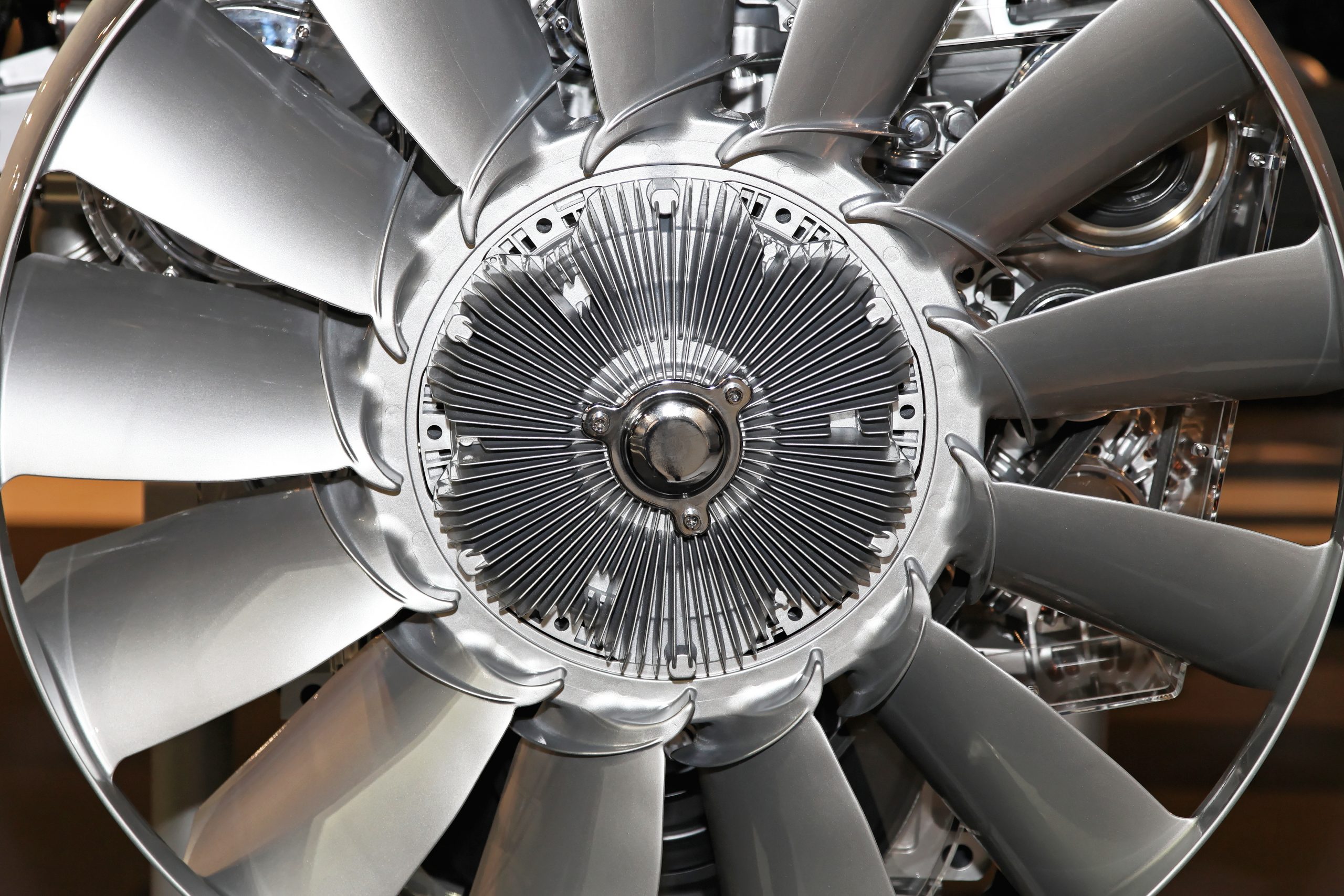Axial Fan Flow — Simulation Example
Overview
A typical fan transmits power from a rotor to a fluid by converting rotational motion supplied by a motor or an engine into thrust. A pressure difference is produced between the forward and rear surfaces of the airfoil-shaped blade, and a fluid (such as air or water) is accelerated behind the blade. The main engineering goal behind the design of a fan is to generate a specified pressure difference (pressure rise) and induce a desired flow rate through the fan. The physics behind this process is not trivial, and its simulation can be complex. In this example you will explore how to simulate and analyze an axial fan flow.


Objectives
The objective of this simulation example is to analyze the air flow passing through a typical axial fan. The analysis will provide steady-state results to give you insight into how axial fans work.
Setup
Download the Mesh file required for setting up the simulation and associated Case & Data files here. Follow the instructions below to set up this simulation in Ansys Fluent starting with the Mesh file. In case you face any issues setting up or running the simulation, refer to the corresponding initial and final Case and Data files.
Results and Discussion
Let us now analyze the simulation and understand the physics of an axial fan.
